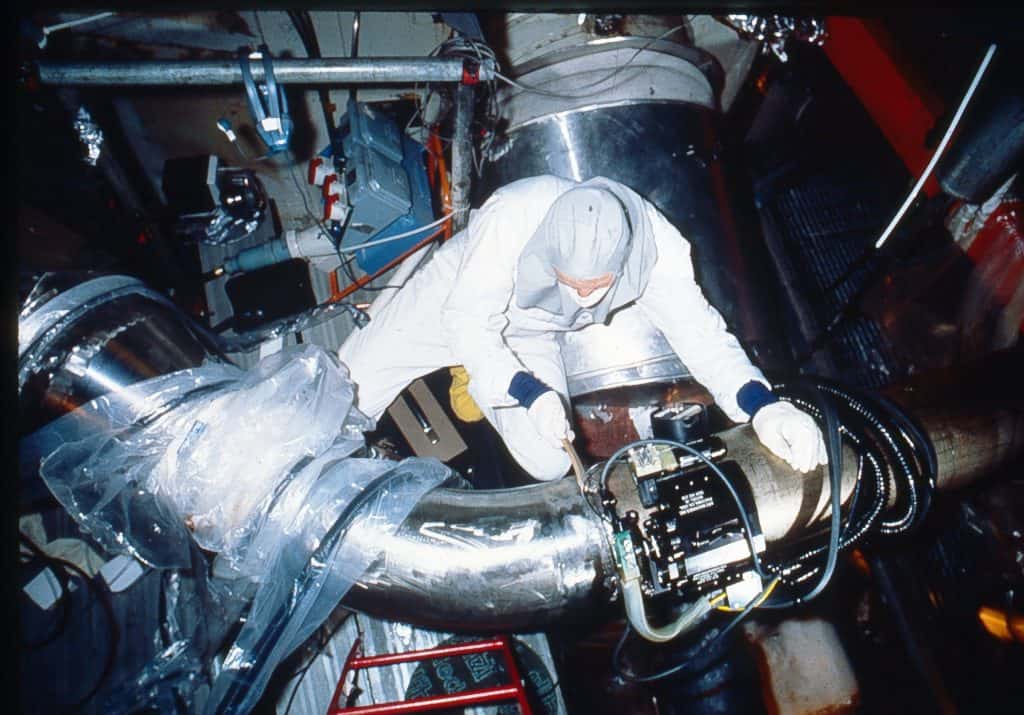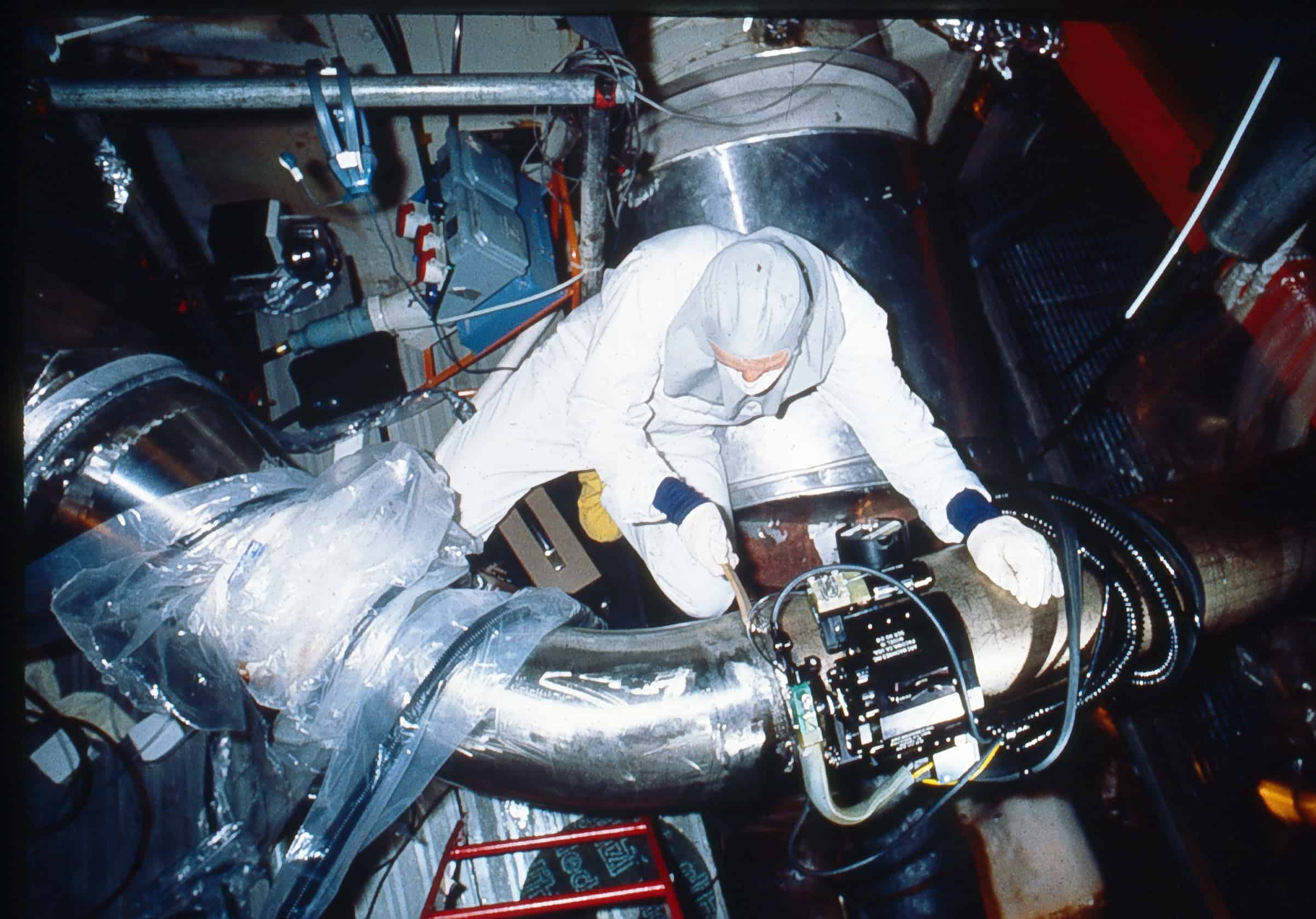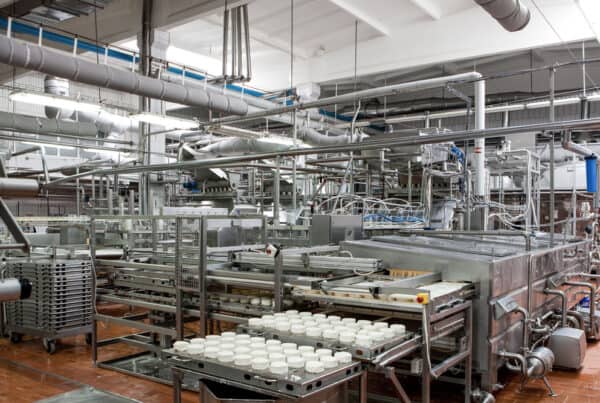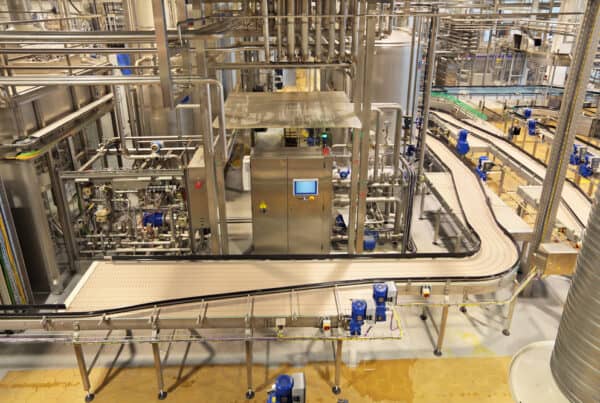
Many welders don’t pay as much attention to the guidelines laid out by the U.S. Occupational Safety and Health Administration (OSHA) as they should. In part, this is because of the sheer number of OSHA regulations that exist. This makes it difficult to determine which, if any, OSHA welding safety requirements are the welder’s responsibility. It’s true that many safety requirements around welding are the responsibility of management, but OSHA also gives guidelines that it is the welder’s responsibility to meet.
The role of management is to ensure that welders are complying with OSHA requirements for personal protective equipment (PPE) and using the safety gear that management provides. All welders should be familiar with the approved regulations for welding, especially those regarding PPE requirements for specific materials and tasks. We’ve highlighted the most relevant OSHA information that welders need to know.
Understanding PPE Requirements for Construction and Trades
OSHA provides comprehensive guidelines for safety when welding, brazing, and cutting. Very little PPE specific to welders is mentioned in this section, except for non-mandatory guidelines regarding PPE and PPE training. The actual OSHA welding safety requirements for PPE are found in 1910 Subpart I in 1910.132, 1910.133, 1910.134 appendices A through D, and 1910.135, and 1910.138. These cover general requirements, eye and face protection, breathing protection, and head, foot, and hand protection, respectively.
The most immediately relevant and useful requirements for welders is 1910.133 or eye and face protection. This section lays out welding processes, electrode size, the current used, and provides the minimum protective shade needed to adequately shield the eyes from the radiant energy released. The recommended protective shade settings for gas tungsten arc welding (GTAW) are included below:
| Arc Current | Minimum Protective Shade |
| Less Than 50 | 8 |
| 5-150 | 8 |
| 150-500 | 10 |
These OSHA regulations note that it is the responsibility of the employer to ensure that each affected employee has adequate eye and face shielding from flying particles, molten metal, chemical vapors, or injurious light radiation. However, in this same section, OSHA offers a rule of thumb that shade settings should be established by initially setting the shade too dark to see the weld zone, then slowly lightening it. In other words, the final choice of eye shade setting is in the hands of the operator doing the welding, who can set it to suit their comfort level as long as it does not fall below the minimum requirements.
The other OSHA standards for PPE mostly mandate that employers ensure that employees use equipment that is suitable for their assigned tasks. In order to be in full compliance, employers and welders alike will have to look for other OSHA standards or beyond OSHA standards. The standards for foot protection given in 1910.136, for instance, state that footwear must be suitable for the task as defined by: ASTM F-2412-2005 and ASTM F-2413-2005, ANSI Z41-1999, or ANSI Z41-1991. The OSHA standard only mentions that footwear must provide adequate protection from injury due to falling or rolling objects, or static discharge or electric shock. However, safety toe caps–considered necessary for most welding work–are mentioned in the ASTM standards that the OSHA standards refer to and can be considered by extension an OSHA welding safety requirement.
Similarly, section 1910.138 of OSHA regulations refers to hand protection but simply state that hand protection should be suited to the task, whether it be protection from corrosives, burns, or electricity. Supplemental materials from OSHA concerning appropriate construction PPE make it clear that OSHA expects welders to use leather welding gloves during welding, even if this is not explicitly stated in the standard. It is also safe to assume that other common sense PPE like leather welding jackets or cotton sleeves also fall into the realm of OSHA welding safety requirements under the generalized rule found in 1910.132(a) which states that protective equipment for all parts of the body fit for task, “shall be provided, used, and maintained…” OSHA goes into greater detail about the hazards of hot work and the need to remediate associated environmental hazards before work begins.
OSHA Requirements for Hot Work
If OSHA requirements tend to be a little vague on things that welders consider common sense, like boots and gloves, they compensate by providing a lot of detailed guidance for the environment in which hot work takes place. Standard 1910.252 lays out fire prevention in general construction and fabrication environments. More welding considerations for shipbuilding and aboard ships are laid out in standard 1915, subpart D 1915.51 through 1915.57, which discusses everything from welding and cutting to the use of fissionable materials in ship repair.
The general fire prevention information covered in the first standard is most applicable to welders. All welders should take the time to review this standard in depth, as it covers general environmental hazards and not just those posed by hot work.
In environments where hot work will take place, the OSHA standard suggests that all combustible materials, such as insulation, cardboard, and combustible gases and liquids, be removed from the welding environment before welding or other hot work commences. If they cannot be removed, they must be guarded from flame or sparks that could ignite them. Welders should pay close attention to these guidelines because combustible materials are not always obvious.
Often the most dangerous source of combustible materials is the welder’s own equipment in the form of an oxy-acetylene cutting rig. It isn’t uncommon for welders to lose track of where the gas feed lines are relative to the cutting torch or where an arc welder’s sparks are falling. Work materials like piping and drums may also contain combustible materials and remnant vapors. Another possibility covered by the standard 1910.252 is the presence of hazardous chemicals in the air, including the common steel alloy additive chromium.
Chromium Exposure During Welding
The metals that welders work on are often alloyed with or coated in other metals and materials, and quite a few of these present a potential health risk. One of these, chromium, is of special concern because of its prevalence in stainless steel and as a coating in chromed metal. In its normal form, chromium is relatively innocuous, but the high heat and energy of welding can strip the electrons from atoms of chromium and form hexavalent chromium, which is a known genotoxic carcinogen. OSHA has set a maximum permissible exposure limit (PEL) of five micrograms per cubic meter of air over an eight-hour work shift. It is the responsibility of the employer to conduct testing either through wipe samples or air sampling to determine if the levels of hexavalent chromium exceed these amounts.
If levels are found to be in excess of the PEL, then employers are required to minimize exposure in one of two ways:
- Engineering Controls: This method involves fundamentally changing the work process in some way to reduce or remove chromium exposure. Isolating the source is one example–another solution would be substituting materials that do not use chromium or installing additional ventilation to capture chromium near its source.
- Work Practice Controls: The solution relies on adjusting the way work is performed in order to minimize exposure. An example would be training welders to position exhaust intakes next to welds to suck up fumes and keep exposure to a minimum.
It is important to note that, due to practical considerations, OSHA’s emphasis is on minimizing exposure and not eliminating it. In some industries, namely shipbuilding and aerospace, it is effectively impossible to hit the recommended level of five micrograms per square meter. For example, due to confined quarters, the aerospace industry has a target of 25 micrograms per square meter instead of five, and relies on respirators to prevent the inhalation of unacceptable amounts of chromium. In fact, OSHA requires the shipbuilding and aerospace industries to provide respirators to its workers.
Given the long-term health risks posed by hexavalent chromium, welders working with stainless steel and similar alloys should pay attention to the information their employer provides about hexavalent chromium control and should ask for information and respirators if none are provided. Since other toxic substances are common in metalworking as well, welders should make the effort to find out more about the metals they weld on, their coatings, and their treatments, and ensure they have proper ventilation or protective equipment. There are also certain welding methods that can remove welders entirely from the hazard areas of welding.
Automation Protects Welders and Satisfies OSHA Welding Safety Requirements
Automated or semi-automated welding systems can satisfy OSHA welding safety requirements by removing welders from hazardous areas or allowing them more freedom in positioning themselves in hazardous areas. One of the reasons that welders may have a reputation for being less than conscientious about safety is that safety equipment often makes it much more difficult to weld. For example, respirators can make it harder to see a weld fully, and respirators with external air supplies have hoses that may interfere with welders’ movements.
Partly automating the welding process means that welders can observe the process while wearing the appropriate PPE without worrying about it interfering with their ability to weld. Remotely monitoring a fully automated welding process through an arc welding vision system allows a welder to stay out of the hazard zone entirely. This satisfies safety requirements, protects welders’ long-term health, and allows them to be more comfortable, too.
Some welders might imagine that the job of monitoring an automated welding machine would go to an engineer or another white-collar worker. However, the truth is that nothing teaches welders what to look for in a weld quite like the experience of melting metal. The same welders that perform manual welds in the field or on the shop floor can be trained to use automated welding systems that create higher quality welds more quickly than manual welding. Not only do mechanized welding processes make it easy to satisfy OSHA welding safety requirements, they are also likely to be better for the welder’s short-term and long-term health than manual welding.
Arc Machines, Inc. is bringing welding into the future with automated orbital GTAW systems that safely perform reliable welds. For inquiries regarding products, contact sales@arcmachines.com. For service inquiries, contact service@arcmachines.com. Arc Machines welcomes the opportunity to discuss your specific needs. Contact us to arrange a meeting.





